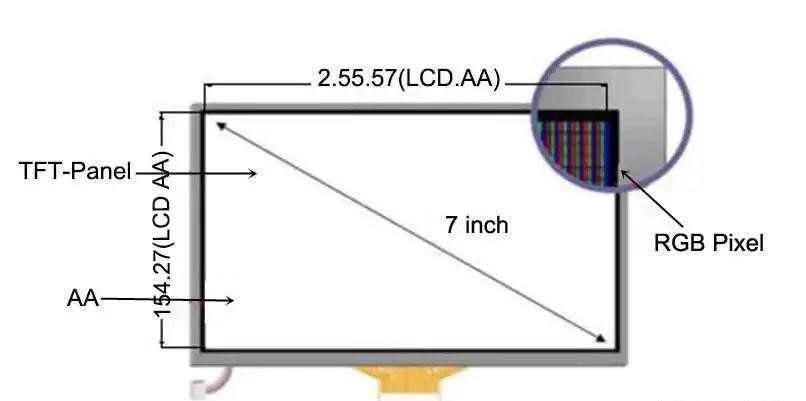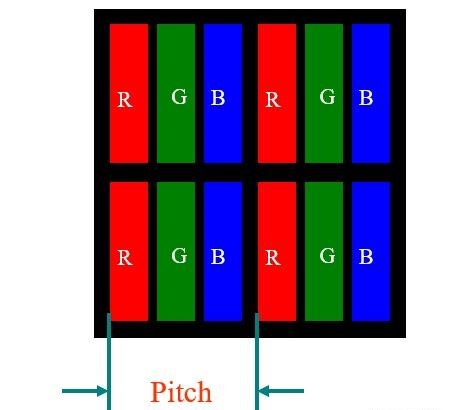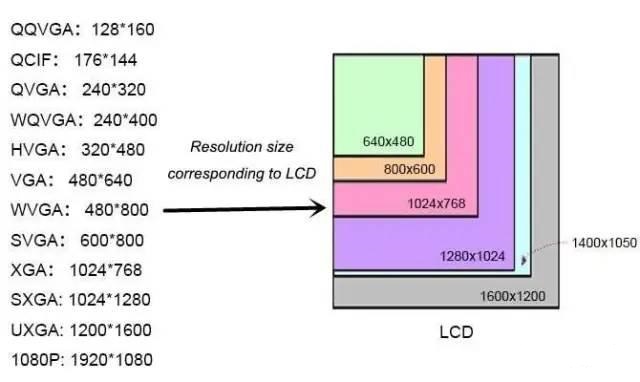Introduction
TFT LCDs, or Thin Film Transistor Liquid Crystal Displays, are everywhere— from smartphones and tablets to TVs and digital signs. Knowing what makes these screens work well can help you choose the right device or even understand more about the gadgets you already use. Let’s break down the essential features of these displays in easy-to-understand terms.

1. Screen Size
Screen size is how big the display is, usually measured diagonally from corner to corner in inches. The size of the screen affects how much you can see at once and is important whether you’re buying a phone, a computer monitor, or a TV.

2. Aspect Ratio
This is just a fancy term for the shape of the display, specifically how wide it is compared to how tall it is. Common shapes include rectangles that are slightly longer than they are tall, like most TV and computer screens.

3. Active Area
The active area of a TFT LCD is the part of the screen that actually shows the images. Knowing the size of this area helps manufacturers design better screens that show clearer pictures.
4. Pixel Density (PPI)
Pixel density tells us how many tiny dots (pixels) fit into one inch of the screen. More pixels per inch mean sharper images with more detail, which is especially important for high-quality displays on phones and high-end monitors.

5. Pixel Pitch
Pixel pitch measures the space between pixels. Smaller spaces mean the pixels are closer together, which usually makes the picture clearer and more detailed.

6. Resolution
Resolution is all about how many pixels are on the screen, shown as width x height (like 1920×1080). Higher resolution means more pixels, which usually means a clearer, better-quality image.
7. Power Consumption
Since the backlight (the light behind the screen) uses most of the power in these displays, knowing how much power a screen uses is important, especially for battery-powered devices like laptops and phones. Efficient power use helps your device run longer on a single charge.
8. Lifespan
This tells you how long the screen is expected to last before it doesn’t work as well. Most TFT LCDs have a long lifespan, meaning you can use them for many years without issues.

9. Optical Parameters
- Viewing Angles: This is how wide you can be from the screen and still see clear images. Wider angles are better because you can see the screen clearly from more positions.
- Aperture Ratio: This deals with how much light each pixel lets through. Higher numbers mean a brighter display.
- Response Time: This is how quickly the screen can change from one image to another. Faster times mean smoother movement in videos and games.
- Brightness and Uniformity: Brightness is how light the screen is. Uniformity means the brightness is the same all over the screen.
- Contrast Ratio (CR): This compares the brightest and darkest parts of the screen. A higher ratio means you can see more detail in dark and bright areas.
- Color Gamut: This is the range of colors the screen can display. A wider range means more vibrant and true-to-life colors.
Conclusion
Understanding these features can help you pick the right device or appreciate the technology behind your favorite gadgets. TFT LCD screens are popular because they offer great picture quality and performance, making them a top choice for many electronic devices.
